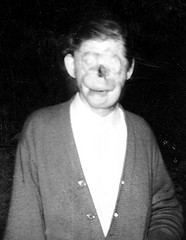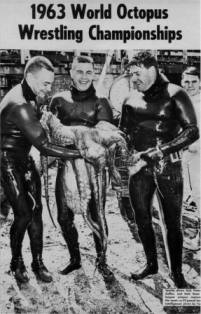Paul Armand-Delille was angry at the damage that rabbits were doing to his French estate, so on June 14, 1952, he inoculated two of them with a virus, Myxomatosis cuniculi, that he knew had curbed rabbit populations in Australia.
It, um, worked. Within 6 weeks, 98 percent of his rabbits were dead — and by the end of 1954, so were 90 percent of the rabbits in France.
Armand-Delille was charged one franc for illegally spreading an animal disease, then given a medal for services to agriculture. The medal depicts Armand-Delille on one side and a dead rabbit on the other.
Sixty years earlier, essentially the reverse had happened in the United States.







